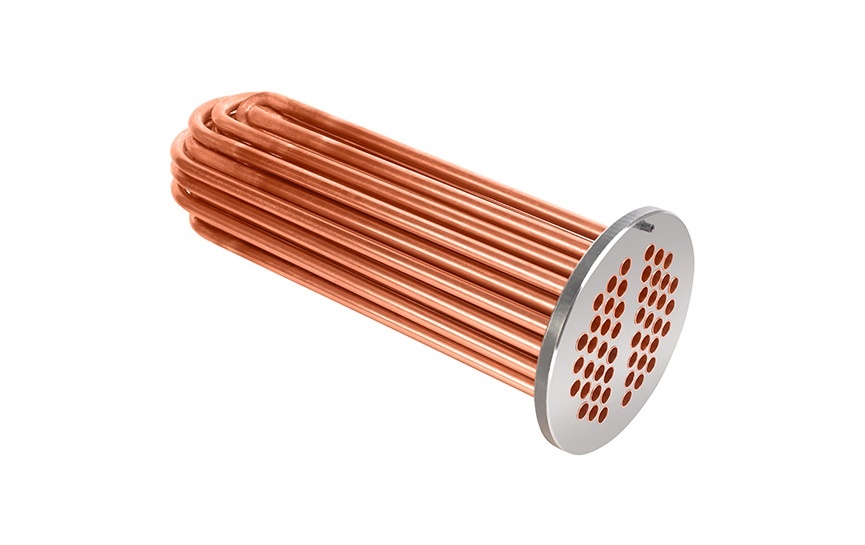Key Features and Advantages:
Thermal Expansion Accommodation:
The U-shape allows the tubes to expand and contract freely without causing stress on the fixed tube sheets, which is crucial in applications with significant temperature changes.
Simple Design:
U-tube heat exchangers generally have a simpler design with only one tubesheet, leading to lower costs compared to straight-tube designs.
Easy Maintenance:
The tube bundle can be removed for cleaning and inspection, which simplifies maintenance.
High-Pressure Applications:
The sturdy construction of U-tube heat exchangers makes them well-suited for high-pressure applications.
Suitable for Various Applications:
They are used in diverse industries like chemical processing, power generation, and HVAC.
Design Considerations:
Tube Material:
The material of the tubes and shell needs to be compatible with the fluids and temperatures involved.
Bending Radius:
The minimum bending radius of the U-tubes should be considered based on the tube diameter.
Baffle Design:
Baffles within the shell can improve heat transfer efficiency and prevent short-circuiting.
Pass Arrangement:
The number of passes (one-pass, two-pass, etc.) can impact heat transfer performance.
Applications:
Water-to-Steam: Used in power plants for heating water into steam.
Water-to-Water: Used for cooling water in various applications.
Chemical Processing: Used for heating and cooling in chemical reactions.
HVAC: Used in cooling and heating systems.
Power Generation: Used in various power generation processes.
